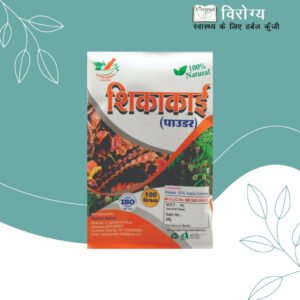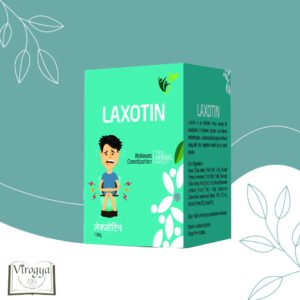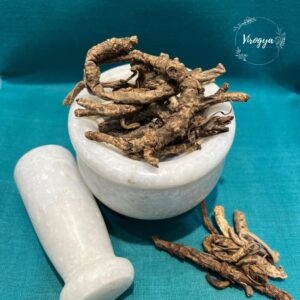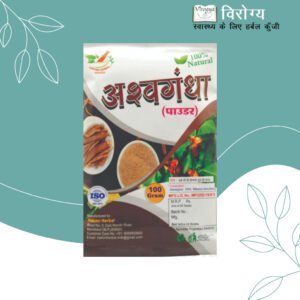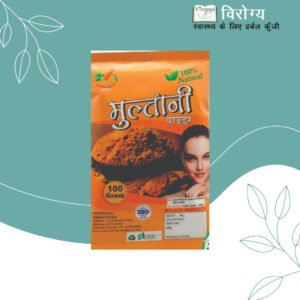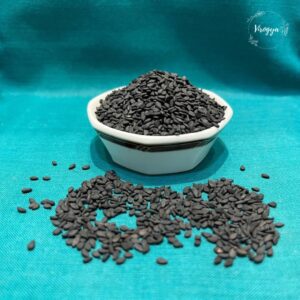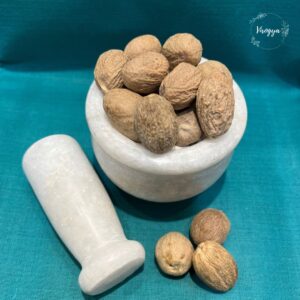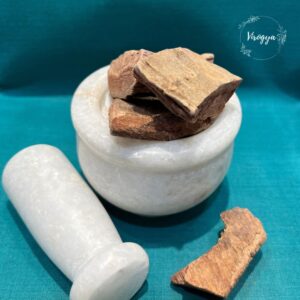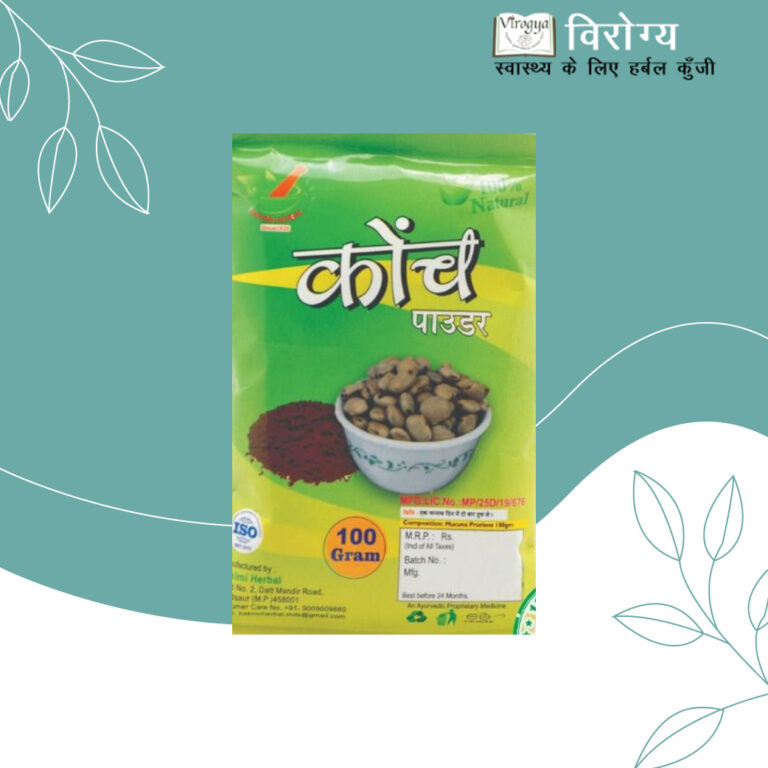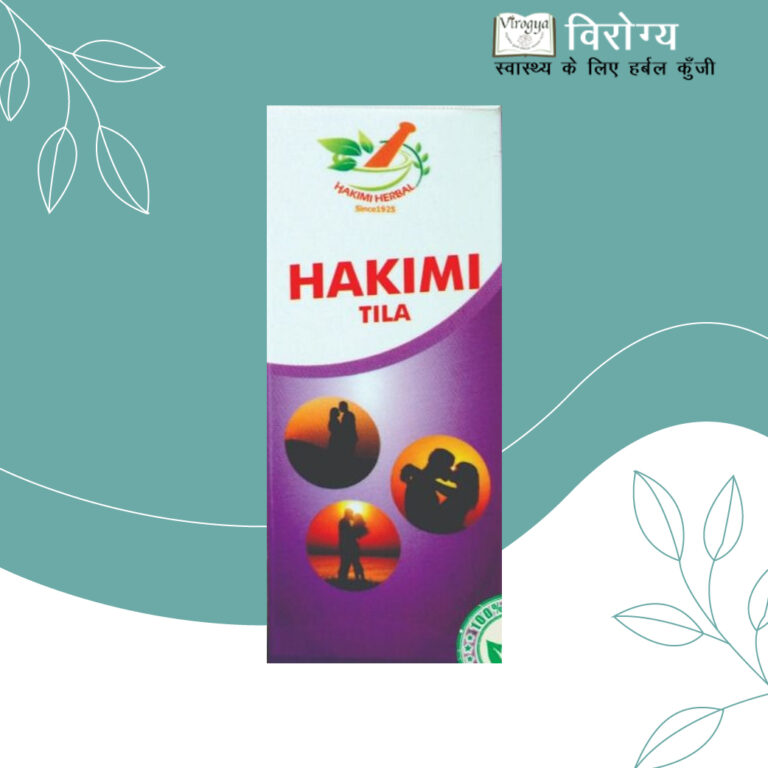Description
Ghiya Patthar, also known as Bottle Gourd Stone, is a rare and fascinating occurrence found inside overripe bottle gourds (Lagenaria siceraria). While the bottle gourd itself is widely used for its nutritional and medicinal benefits, Ghiya Patthar is an unusual, stone-like formation that sometimes develops within the hollow portion of the fruit. This phenomenon is not fully understood but is believed to be caused by environmental factors, genetic mutations, or irregular growth patterns. Though not edible, it has piqued the interest of many due to its unique formation and rarity.
Physical Features
- Appearance: Ghiya Patthar usually appears as small, round, or oval stones that develop within the hollow portion of an overripe bottle gourd. They can have a light brown or grey color, resembling small pebbles or stones.
- Size: Varies depending on the size of the gourd, but it can be small, ranging from 1-2 cm in diameter. Larger stones are also possible in some cases.
- Texture: Hard and smooth, resembling a stone, with a rougher surface in some cases.
- Color: The color is typically light brown, grey, or beige, resembling a small rock or pebble.
Precautions
-
Avoid Bitter Ghiya Patthar: If a bottle gourd contains Ghiya Patthar, it may indicate the gourd is overripe or damaged. Sometimes, these gourds can be bitter. Bitter bottle gourd is not recommended for consumption because it may contain toxins that can cause nausea, vomiting, or stomach upset.
-
Check for Stones: When preparing bottle gourd, inspect the gourd for any internal stones (Ghiya Patthar). If found, discard them, and use the tender flesh for cooking.
Summary
Ghiya Patthar is an unusual and often overlooked byproduct of bottle gourd growth. While it doesn’t have significant culinary or medicinal uses, it highlights an interesting aspect of the plant’s growth. The edible portion of the bottle gourd is highly nutritious and versatile, while the stone should be discarded during food preparation.
Conclusion
Ghiya Patthar remains an intriguing natural occurrence associated with bottle gourds. While it has no known culinary or medicinal uses, its presence is a testament to the complexity of plant growth and development. The edible portion of the ghiya continues to be a valuable dietary component, offering numerous health benefits. However, if a Ghiya Patthar is found inside a bottle gourd, it is recommended to discard it and ensure the rest of the gourd is safe for consumption. This phenomenon adds to the natural mysteries of plant life, making it a subject of curiosity among botanists and plant enthusiasts.





